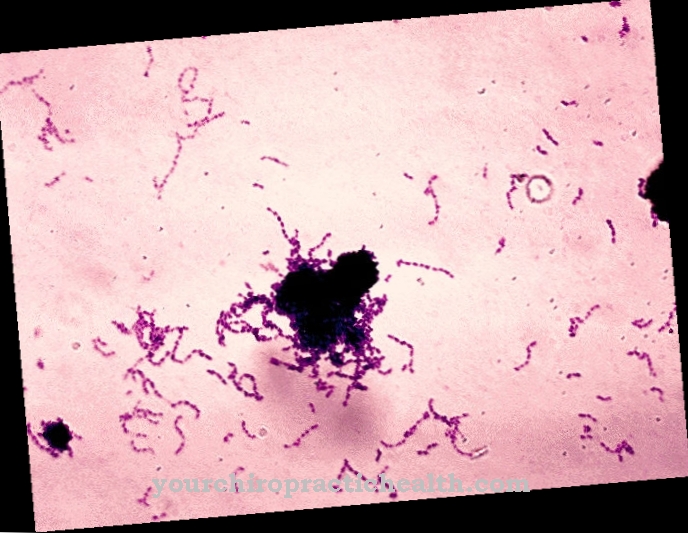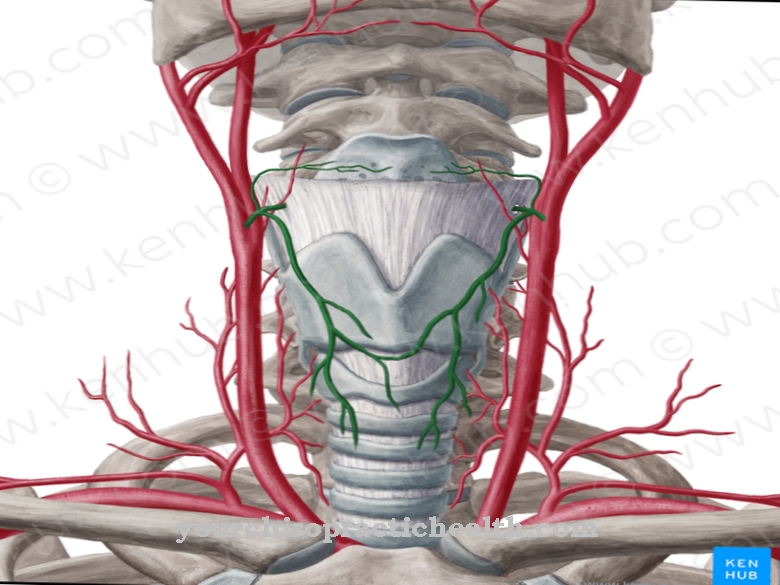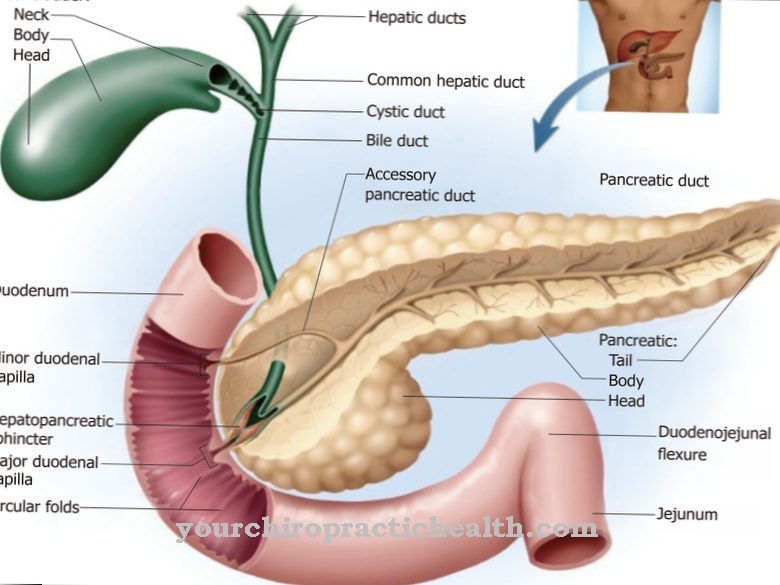The Lung biopsy, a diagnostic procedure in medicine, enables the removal of lung tissue. In examinations such as histological or genetic tests, the biopsy provides important information.
What is the lung biopsy?

In general, a lung biopsy is an invasive diagnostic procedure. It is used for diseases in the lung tissue, where clinical symptoms appear that are visible in the X-ray. A lung biopsy helps diagnose any pathological changes in the lungs. Lung tissue is removed and subjected to precise tests in a histopathological or cytological examination.
More precisely, tissue or cells are removed from the body under a microscope. The samples are taken with a special biopsy needle or during an operation to rule out or confirm possible lung diseases or cancer. The form in which a biopsy is performed depends on various factors. The decisive factor is the overall picture of the disease of the person concerned, but also where the lesion is and which disease of the lungs is present.
Function, effect & goals
Lung biopsies are performed using what is known as an open or closed procedure. In a closed procedure, the collection is made through the trachea or skin.
The open biopsy is performed in one operation using general anesthesia. An incision is made in the skin on the chest to surgically remove part of the lung tissue. Based on the result of the biopsy, this procedure enables the surgeon to remove a lung flap if necessary. The open biopsy is a major surgical procedure, so the patient must remain in the hospital after the procedure.
There are generally different methods of tissue extraction. During a bronchoscopy, tissue samples are taken from accessible areas of the lungs with the help of a bronchoscope and biopsy forceps. The procedure is also possible for severely impaired patients. A long, thin tube called a bronchoscope is inserted. Another procedure is transthoracic fine-needle biopsy, in which a tissue sample is taken under the control of computed tomography or fluoroscopy.
This biopsy procedure is known as a closed, transthoracic, or percutaneous - through the skin - biopsy. A hollow needle penetrates the suspicious area in the chest wall. When penetrating, ultrasound or CT is used to navigate. In the surgical procedure using local anesthesia, thoracoscopy is carried out through a small step in the chest wall. The thorascope is inserted through the chest cavity and the tissue is removed with biopsy forceps.
However, only tissue that is on the surface of the lungs is removed here. There is a risk of complications such as bleeding into the pleural cavity or a pneumothorax. With direct vision, a biopsy is performed in a so-called thoracotomy through the resection of the ribs, i.e. a surgical procedure on the chest. Here, too, complications are possible. However, the procedure of thoracoscopic biopsy can preserve the tissue, but also knots removed or other tissue lesions removed. A lung biopsy also provides information about possible abnormalities and helps diagnose an infection in the lungs or a lung disease.
It offers a possibility to find causes in order to clarify a fluid accumulation in the lungs more precisely. The procedure is especially important to determine whether the lung mass has malignant or benign tumor cells. In addition, the lung biopsy also allows a more precise determination of how far a cancer has spread. Depending on the type of procedure, a drain may be inserted into the chest cavity to help drain fluid or air.
Risks, side effects & dangers
Any surgical procedure is performed with the intention of restoring or improving the patient's health. However, complications and complaints can never be completely ruled out.
A lung biopsy can cause complications such as bleeding or pneumothorax. Likewise, the patient must follow the advice of his doctor in order to have a positive effect on his recovery. Particular caution is required with contraindications such as increased tendency to bleeding, but also with thrombocytopenia or pulmonary hypertension.
If there is already an interstitial lung disease in patients whose vitality is severely reduced, or if hypoxemia that cannot be compensated for when oxygen is administered, it must be considered whether the risk of a lung biopsy procedure outweighs the benefit. An open or thoracoscopic lung biopsy can result in blood loss or blood clots.
Also, the occurrence of pain or discomfort after the procedure cannot be ruled out, as can pneumonia, pneumothorax, bleeding in the lungs or an infection. The doctor should be aware of a possible pregnancy, although the risk of radiation exposure is not as great as with a computed tomography or fluoroscopy.
After general anesthesia, the person concerned remains in the recovery room until the pulse, breathing and pressure are stable and the patient is in good shape. If the biopsy was performed with local anesthesia, returning home to the familiar environment is no problem if the condition is stable.
In the days that follow, the patient must be patient and avoid physical exertion or sports for some time. If you have symptoms such as chest pain, coughing up blood, fever with or without chills, and breathing difficulties such as shortness of breath, it is recommended that you consult your doctor. If there is any bleeding, swelling or reddening of the skin around the biopsy site, a medical check-up is also advisable.


























.jpg)

